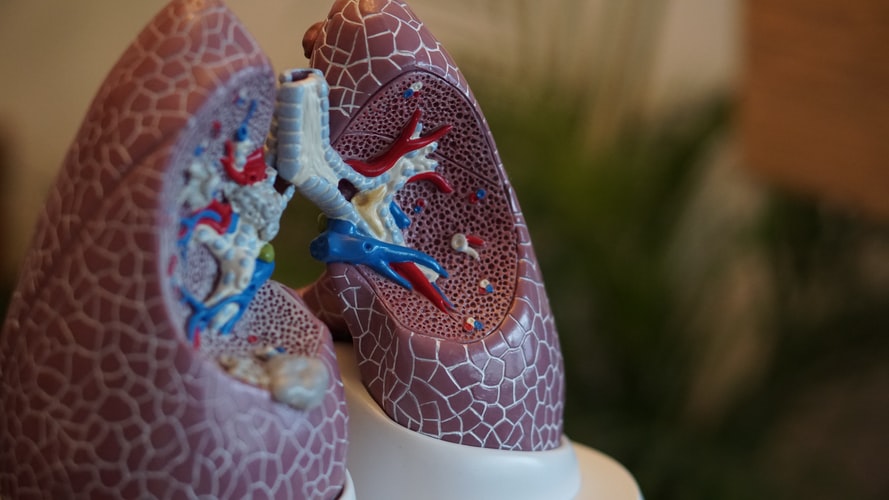The risk factors of lung cancers for both men and women are the same. However, the increasing rate of reported lung cancer cases among women has become a source of worry all over the world.
Lung cancer is often not detected until it has spread. The best way to mitigate the spread of lung cancer in the body is to consult your doctor when you notice any symptoms.
Some common symptoms of lung cancer in women include:
– A persistent cough that progresses over time
– Coughing up blood
– Shortness of breath and hoarseness
– Difficulty in swallowing
– Loss of appetite
– Swelling of the face or neck
– Persistent chest pain
– Weight loss
– Fatigue
– Back and shoulder pain
– Recurring pneumonia and bronchitis, among others.
Some risk factors that have been identified by scientists and researchers include smoking, underlying lung diseases like tuberculosis or obstructive pulmonary disease, exposure to asbestos and second-hand smoke.
Even though smoking has been identified as the leading risk factor for lung cancer, diet has also been found to play a role.
Low intake of vegetables, fruits, and grains increase the risk of lung cancer; likewise, consumption of high cholesterol and fatty foods.
When lung cancer reaches the advanced stage, it spreads to other parts of the body, including the brain, liver, bones and lymph nodes.
So, whenever you notice any of the symptoms listed above, don’t hesitate to call your doctor. Any symptom, no matter how mild, is vital for early detection.
What Are the Symptoms of Lung Infection?
Lung infections are common during or just after the cold season or flu. Even though they are nothing to panic about, it’s still essential that you visit your doctor.
Some common symptoms of lung infection include
– Runny nose
– Lung congestion
– Cough
– Fatigue
– Sore throat
– Body aches
– Obstruction of the nasal sinuses.
Types of Lung Cancers
Lung cancer is categorized as either small cell lung cancer or non-small cell lung cancer.
Small cell lung cancer is the most aggressive form of lung cancer, and they often spread before showing any symptoms. They constitute between 15% to 20% of all lung cancer.
The non-small cell lung cancer forms 80% to 85% of lung cancer. A notable mention under this group is adenocarcinoma. Adenocarcinoma is prevalent in women and nonsmokers. It is often found in the outer edge of the lung and tends to spread quickly. The easiest way to cut the spread of cancer is early detection. Report any changes in your breathing or general well-being to your doctor, so that he/she can identify the cause in time.




